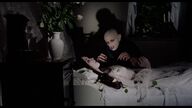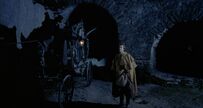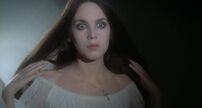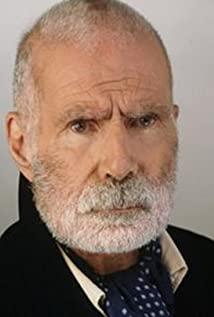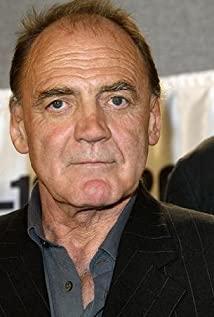1922, Germany, Murnau version, silent, "Nosferatu" (Nosferatu, eine Symphonie des Grauens)
horror film is better than the thriller effect produced by the same sound and picture, lacking the surprise enhanced by the live sound effect , The degree of shock is undoubtedly less. The world's first sound film was born in 1927, and "Nosferatu" only had orchestral soundtracks. At the same time, the 1920s was at the peak of German expressionism. German director Murnau was deeply influenced, grasping the strong contrast of black and white images, and the weird setting caused a certain degree of visual impact.
However, contemporary audiences who have experienced Lucas’ Industrial Light and Magic (Industrial Light and Magic), CG technology, and the now-waiting 3D technology look back on horror movies almost a hundred years ago, in addition to studying its language of movies. In addition to the value of style exploration, the legends behind real-life movies are undoubtedly more attractive.
1979 Germany, Herzog edition, "Nosferatu: Phantom der Nacht" (Nosferatu: Phantom der Nacht)
From the beginning of the introduction of the speechless corpse, it has a strange taste of Shi Yunmeier, an alternative director. With the development of the film, the emotional tone of the whole film is more like Picasso's "Blue Period" paintings, especially like the "Life". Blue is everywhere: Jonathan and Lucy are walking on the beach, the dumb blue of the sad wind and rain; Dracula opened the door for Jonathan, the strong blue in the back view room; Dracula cruising in the corridor at night, the dark blue behind the dark figure; being stoned The blue sky of the castle squeezed into narrow slits...In terms of color, it first creates an unspeakable feeling of coldness and gloom.
Herzog used a documentary-style long lens to photograph the uninhabited forests, stone mountains, and ruined castles in Germany, rendering the movie like a German native legend, revealing a calm horror. The situation in the fixed empty lens changed suddenly, like the earl's faint concentration, speechlessly asking the sky. The sound effects mostly use natural sounds. The sound of hunting and hunting and the endless howling of wolves have a kind of sorrow that is separated from the world; the music is accompanied by a cappella female or male chorus, which completely covers the simultaneous sound to highlight the atmosphere of religion and mysticism. Herzog inherited the German expressionist style in his composition, and used lights to project the weak Dracula's shadow on the walls and the exterior walls of the houses, zoomed in to cover most of the screen, and looked gloomy as a nightmare. At the same time, the details of the props are also full of ingenuity, and they are all weird.
The biggest regret of this version is Dracula's dignity: the iconic fangs actually grow in the position of the front teeth. The count made the earl look like a buck-toothed and bullied weak child. He felt more than aristocratic but disappeared. It was not as cold as the 1922 version of Dracula, who shrugged his shoulders and buckled his back. In contrast, Adjani's gothic makeup was quite successful, and her skin became paler under the background of her thick black hair.
In 1993, the United States, Francis Coppola edition, "Four Hundred Years of Surprise" (Dracula)
Dracula, who had moved to the United States, fell into Coppola's hands, and finally had nothing to trust. Coppola, who is accustomed to creating grand scenes, highlights the poignant theme of love compared to the two works of his predecessors. At the beginning, it was unprecedented to pave the way for Dracula to become a creature that betrayed God and light, living in darkness and cursed forever. The film follows a linear structure narrative, compact plot, rich drama elements, coupled with Hollywood-style gorgeous arrangement, retro design from costumes to castles and other scenes, packaging the real aristocratic Dracula, and smearing the helpless love between him and Mina The romantic color makes Piaget fans finally enjoy the classic Gothic story again in great audio-visual satisfaction.
View more about Nosferatu the Vampyre reviews



